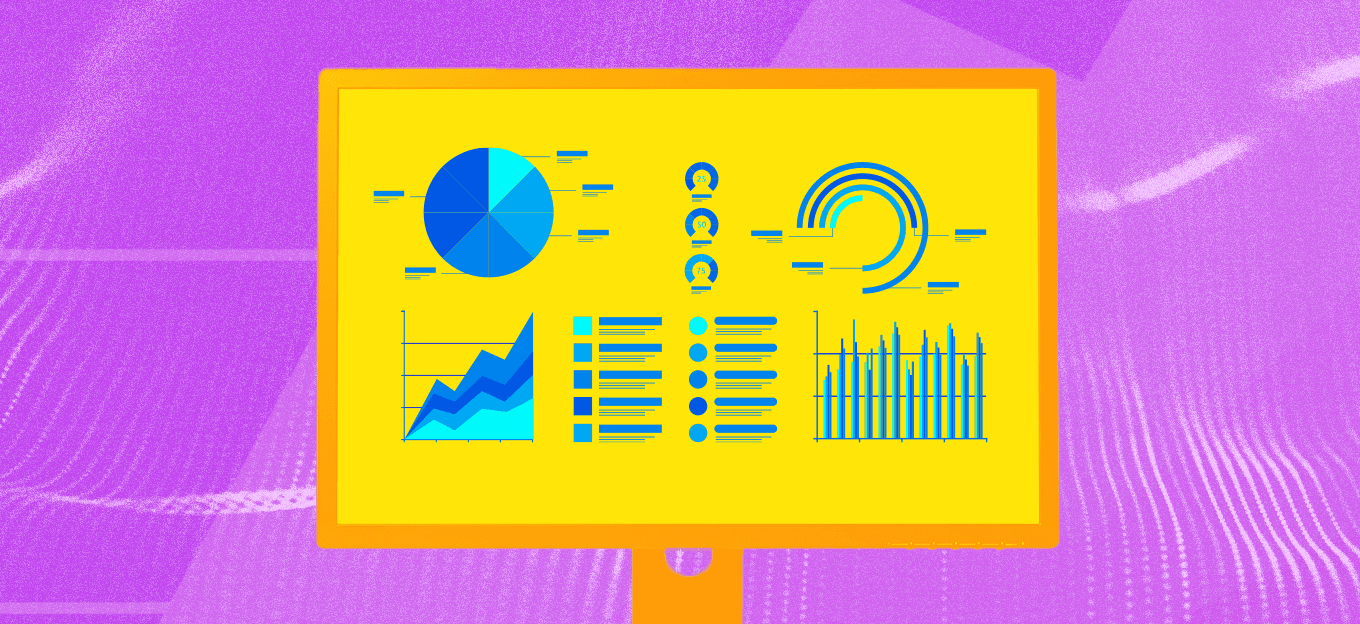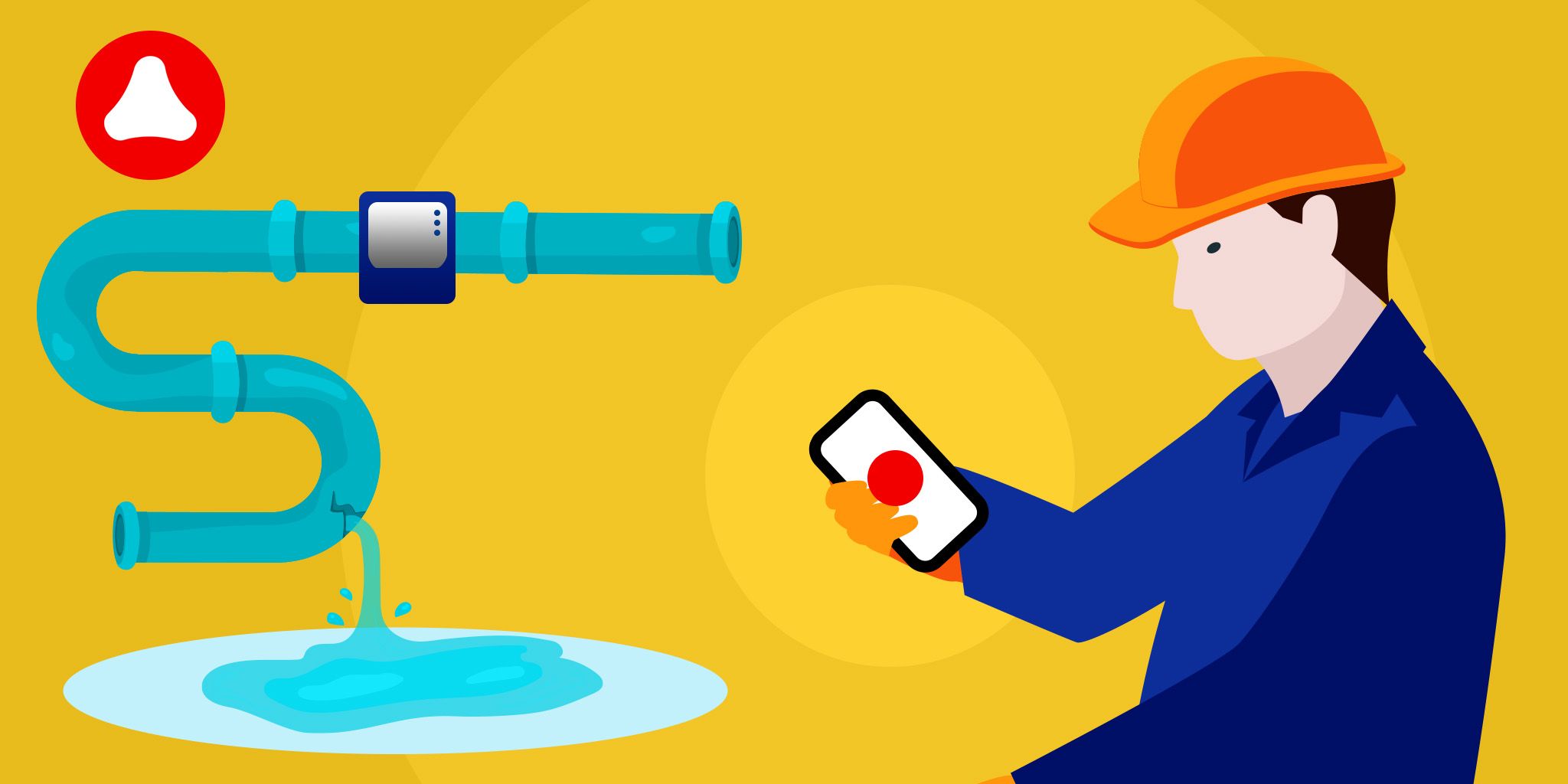How IoT Keeps Mine Workers Breathing Underground
How IoT Keeps Mine Workers Breathing Underground
- Last Updated: December 2, 2024
Alex Jablokow
- Last Updated: December 2, 2024



Underground mines are large industrial operations and prime for IoT adoption, especially where safety is concerned. Mines are often in remote geographic locations. While an open-pit mine, even a large one, can be inspected by drones and other straightforward methods, underground mines are dark, complex, and constrained, with layouts that change as ore bodies are exhausted and new ones are exploited. The environment is often hot, dusty, and full of vibration, lowering the effective life of monitoring and communications equipment.
As a result, mining is dangerous. Machinery is large, visibility often poor, and maneuvering tight. And workers face danger from pooling toxic gasses and airborne particulates, which can both kill quickly and cause long-term lung damage.
Providing a safe working environment for miners is a key business priority for the industry and one where IoT implementations are proving their usefulness. Still, the penetration of IoT in mining is limited.
Is Mining Inherently a Technologically Conservative Business?
Mining is hugely capital intensive, risky, and hazardous. It requires operations in remote, difficult locations. And it is at the mercy of fluctuating commodity prices (iron ore has swung between $40 and $120 a metric ton just in the last three years), making long-term investment difficult.
Under these conditions, it can be difficult to justify investments in new technologies. Andrew Shook, in AusIMM Bulletin, has discussed various reasons why innovation is difficult in this industry, including how commissioning problems in new technologies can do serious damage to the economics of a mining project. Both highly profitable and unprofitable mines have trouble justifying new investment, and it is still difficult to know what lies in the rock being dug into.
While many industries face a disjuncture between information technology (IT) and operational technology (OT), mining arguably has the largest IT/OT gap. This gap occurs between algorithms developed in air-conditioned offices and the noisy and dangerous operational environment of a mine, moving tons of rock in pursuit of the fraction of an ounce of useful metal hidden in it.
The most likely routes for IoT penetration are safety and compliance, as well as for equipment monitoring and maintenance. Toxic gas monitoring is another area where IoT can demonstrate value.
Ventilation and Toxicity
A major consideration in underground mining is providing workers with clean, non-toxic air that contains sufficient oxygen. Noxious gases, some of them explosive as well as toxic, along with blasting operations, are the most common causes of mining accidents, both fatal and nonfatal. Particulates, both from rock and ore and in the form of diesel particulate matter (DPM), are also a significant health risk underground.
The mining industry has been slow to adopt new technologies, but IoT can vastly improve safety conditions for workers in underground mines.
These gases include carbon dioxide, carbon monoxide, hydrogen, hydrogen sulfide, methane, nitrogen, nitrogen dioxide, and sulfur dioxide. And while oxygen is not toxic, an excess concentration of it can dangerously accelerate combustion, making the environment dangerous in other ways.
Immediate toxicity is the most salient concern, but long-term exposure to sublethal doses of toxic gasses and particulates, even those that seem to have no effect, can adversely affect worker health. Such gases as radon, those in welding fumes, and mercury can have significant negative long-term effects.
Techniques and Methods
A key to ventilation and toxicity management is monitoring and analyzing airflow. Then, we can figure out how to improve it and prevent equipment failure that could cause airflow to drop below acceptable levels.
Wearables will increasingly play a role. They can also include toxic gas sensors, but more importantly, show worker location in relation to areas of low oxygen or high toxic concentration. It can be extremely difficult to know where everyone is in a mine, and even experienced workers can get disoriented and misunderstand where they are at a given moment.
When mine supervisors know both where every worker and vehicle is and what the ambient levels of toxic gasses and particulates are and how they change over time, they can ensure that air supply is optimal for occupied areas, while decreasing ventilation to areas not currently operating. In addition to increasing safety, this results in a substantial saving in power and maintenance costs.
Conclusion
IoT, in many respects, can be a surprisingly tough sell to mining operations suspicious of new technology, but it can quickly show its utility in improving worker safety, increasing the visibility of all mine operations, and enabling more effective compliance reporting. In particular, IoT can provide particular benefits in ventilation and air quality.
The Most Comprehensive IoT Newsletter for Enterprises
Showcasing the highest-quality content, resources, news, and insights from the world of the Internet of Things. Subscribe to remain informed and up-to-date.
New Podcast Episode

IoT and AI in 2026
Related Articles




